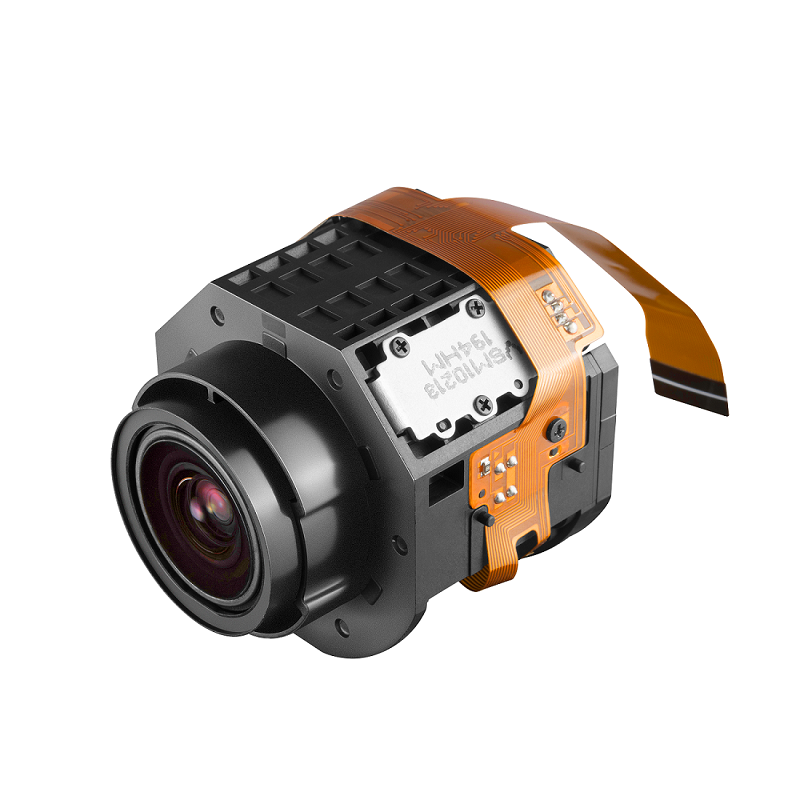Industrial News
Introduction

The characteristics and manufacturing process of bifocal resin lens play a crucial role in ensuring optimal vision correction for individuals with presbyopia. This article aims to explore the features and production process of these lenses, providing an in-depth understanding of their benefits and how they are manufactured.
The Characteristics of Bifocal Resin Lens
Bifocal resin lenses are designed to correct both near and distant vision for individuals with presbyopia, a natural age-related condition that affects near vision. These lenses offer the following characteristics:
- Multiple Focal Points: Bifocal resin lenses consist of two distinct segments, each with a different corrective power. The top portion is designed for distance vision, while the lower portion aids in near vision. This unique design allows wearers to have clear vision for various distances without constantly switching eyeglasses.
- Seamless Transition: The transition between the distance and near vision segments is smooth, ensuring a seamless visual experience. This ensures a comfortable vision transition for wearers, eliminating the need for constant refocusing.
- Customization Options: Bifocal resin lenses can be customized to suit individual needs. The spacing and size of the distance and near vision segments can be tailored to meet specific vision requirements, ensuring optimal vision correction for each wearer.
- Lightweight and Thin: Resin lens materials make bifocal lenses lightweight and thin. This not only enhances comfort but also improves the aesthetic appeal of the eyeglasses.
- Durable and Scratch-Resistant: Bifocal resin lenses are known for their durability and scratch resistance. They are designed to withstand daily wear and tear, offering a long lifespan.
Manufacturing Process of Bifocal Resin Lens
The production process of bifocal resin lenses involves several key stages. These include:
- Frame Selection: The first step is selecting a frame suitable for bifocal lenses. A wide range of frame styles and materials are available to accommodate the lenses.
- Lens Design: Using advanced computer-aided design (CAD) software, the lens dimensions and position of the distance and near vision segments are determined based on the wearer's prescription and specific visual requirements.
- Resin Lens Casting: The lens design is physically created through a process called casting. Liquid resin is poured into a mold, and then polymerized to solidify and form the lens shape.
- Segment Integration: After casting, the distance and near vision segments are integrated into the same lens, ensuring precise alignment and smooth transition between the segments.
- Surface Finishing: The lens surface is polished to enhance its clarity and remove any imperfections. This process ensures optimal visual acuity for wearers.
- Quality Assurance: Each bifocal resin lens undergoes rigorous quality control checks to ensure it meets the required optical standards. This includes tests for durability, scratch resistance, and accurate prescription fulfillment.
Conclusion
Bifocal resin lenses provide a convenient and effective vision correction solution for individuals with presbyopia. The characteristics of these lenses, such as multiple focal points and customization options, ensure clear vision at different distances. The manufacturing process involves frame selection, lens design, resin lens casting, segment integration, surface finishing, and quality assurance. Understanding the characteristics and production process of bifocal resin lenses can help individuals make informed decisions for their vision correction needs.
 English
English  German
German Japanese
Japanese Korean
Korean Vietnamese
Vietnamese French
French Spanish
Spanish भारत
भारत



